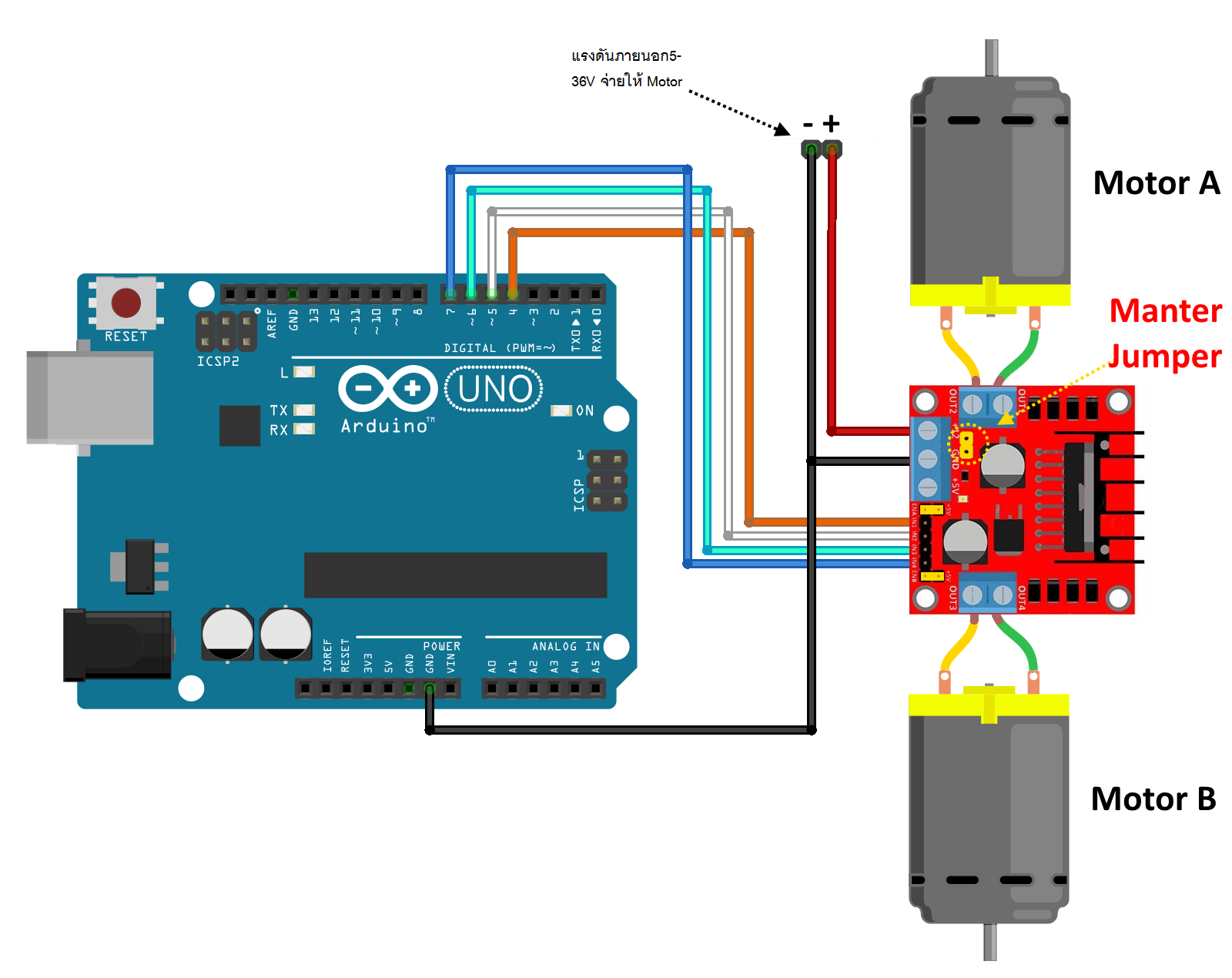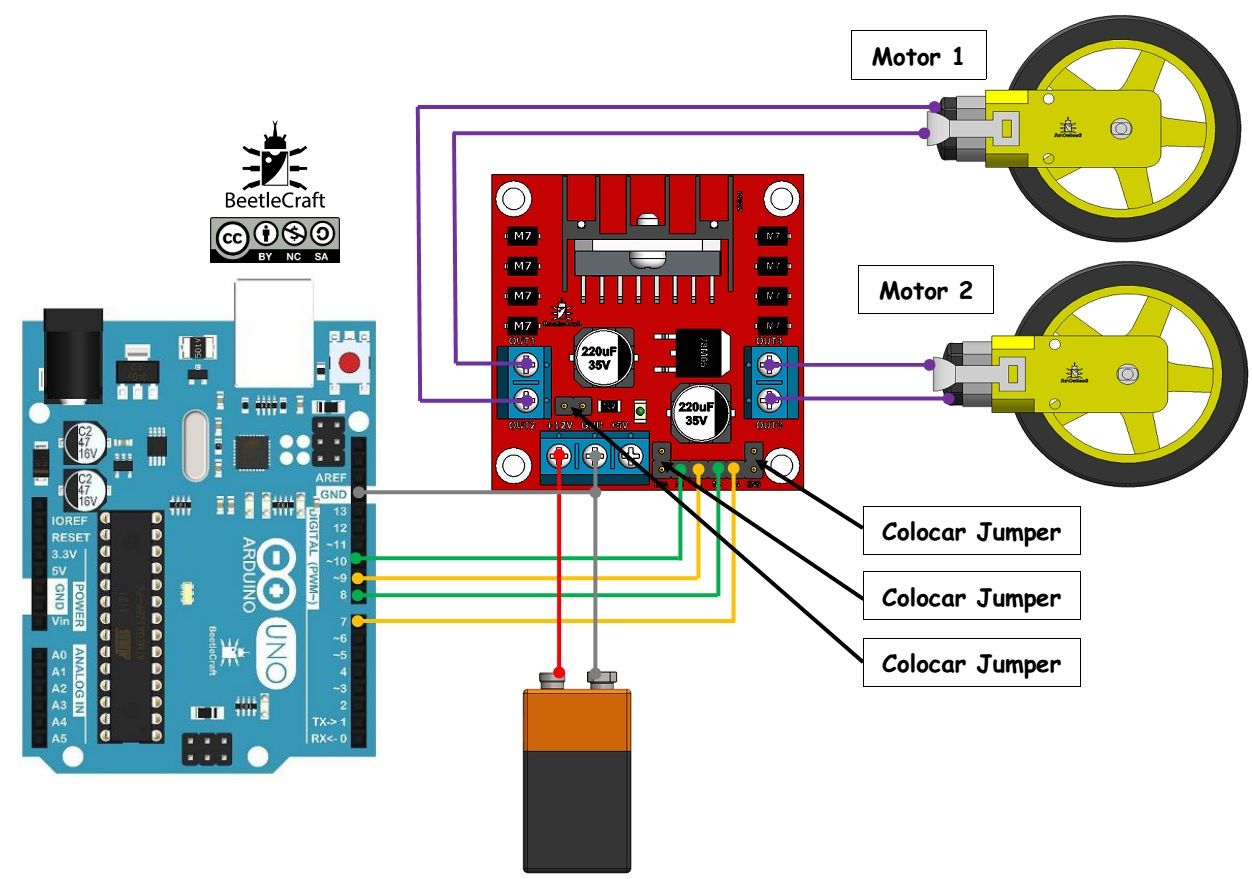

The motor I have just described is referred to as a brushed DC motor because (obviously) it has brushes. This process repeats itself indefinitely until the current is removed from the armature coils. This is great because at this point the motor shaft has rotated 180 degrees and the magnetic field polarities need to be reversed for the motor to continue rotating. At that point the brushes come into contact with the other half of the commutator rings, reversing the polarity of the armature coil (or coils, most modern DC motors have several). The motor shaft rotates until it arrives at the junction between the two halves of the commutator. This field is attracted to the stator magnet (remember, opposite magnetic polarities attract, similar ones repel) and the motor shaft begins to spin.


When DC is applied to the commutator rings it flows through the armature coil, producing a magnetic field.

Direct Current of a suitable voltage is applied to the commutator rings via two “brushes” that rub against the rings. The two pieces of the commutator rings are connected to each end of the armature coil. The armature is connected to a DC power source using a 2-piece ring installed around the motor shaft, these ring sections are called “commutator rings”. The armature, which is the rotating part, is a simple coil. The stator is a permanent magnet and provides a constant magnetic field. In a simple DC motor there are two main components, the “stator” and the “armature”. Today we’ll examine a very common H-Bridge module based around the L298N integrated circuit. An “H-Bridge” is an arrangement of transistors that allow you to control both the direction and speed of the motor. A single transistor can be used to drive a DC motor, this works well providing you do not need to change the direction that the motor is spinning.Ī more versatile way of controlling a DC motor is to use a circuit called an “H-Bridge”. There are a number of ways to drive a DC motor from the output of your computing device. It is necessary to use some external electronics to drive and control the motor, and you’ll probably need a separate power supply as well. DC motors have current and voltage requirements that are beyond the capabilities of your microcontroller or microcomputer. Unlike LED’s you can’t just connect a DC motor to one of the output pins of your Arduino or Raspberry Pi and expect it to work. They are inexpensive and are ideal for use in your Robotics, Quadcopter, and Internet of Things projects. Today DC motors range from huge models used in industrial equipment to tiny devices that can fit in the palm of your hand. Since then DC motors have been part of countless pieces of equipment and machinery. The first practical DC (Direct Current) motor was invented by the British scientist William Sturgeon in 1832.


 0 kommentar(er)
0 kommentar(er)
